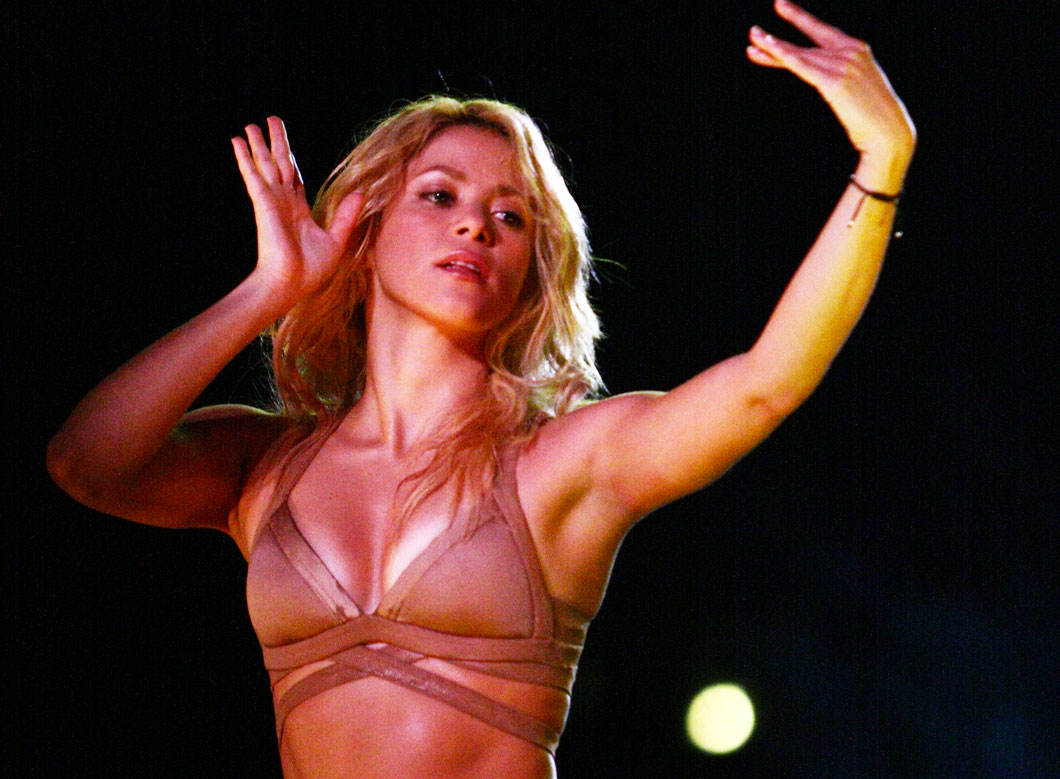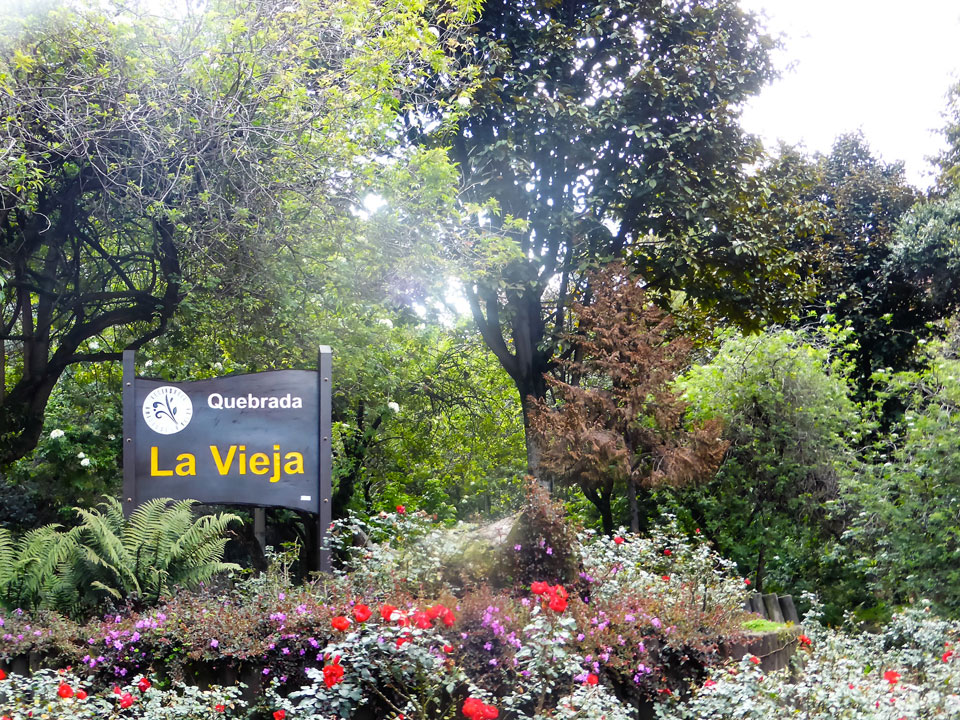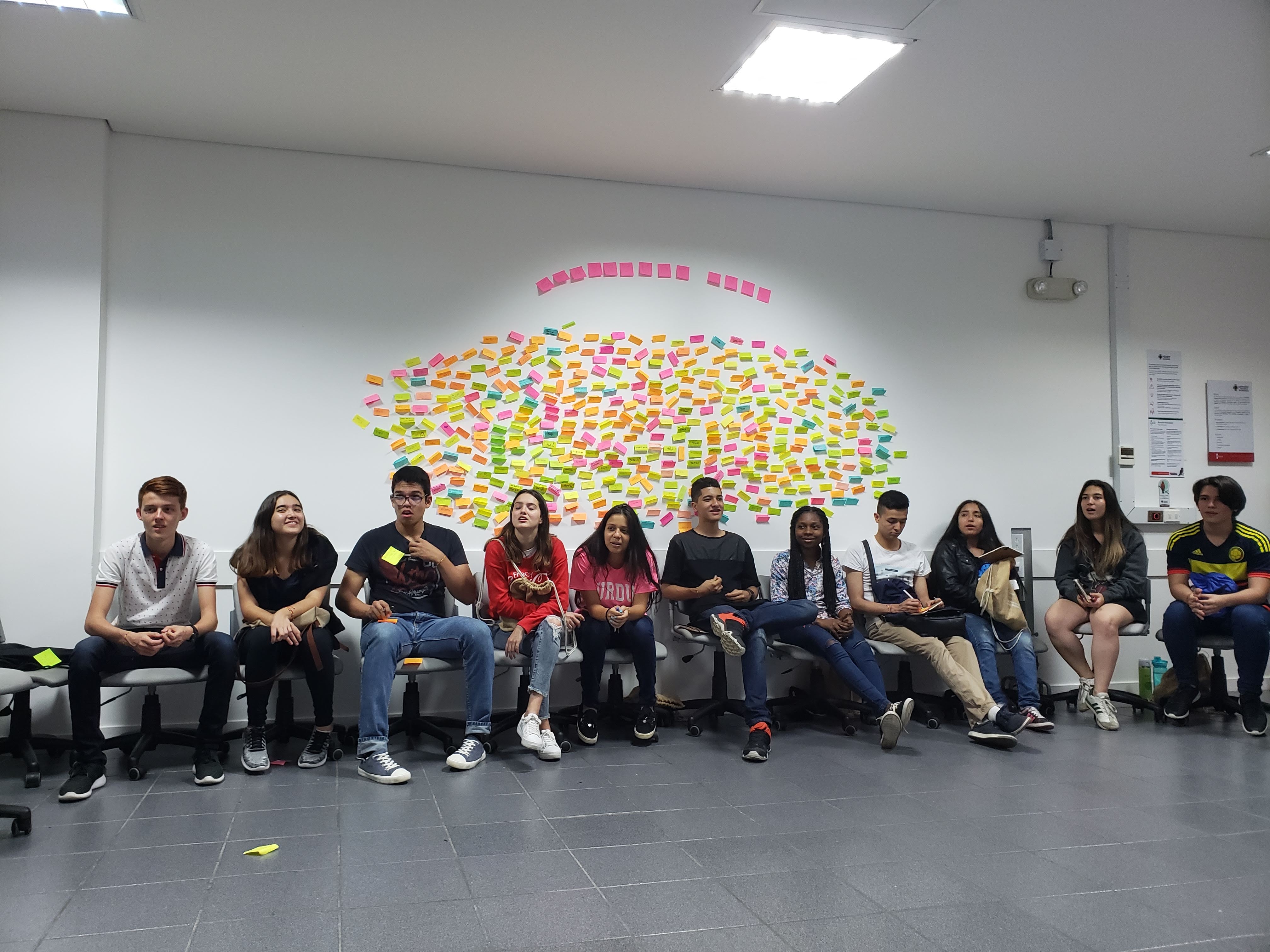
Leo Rua asks what would the reaction be if the Día de la Afrocolombianidad shoe was on the other foot. Photo: Leo Rua
Filmmaker and musician Leo Rua discusses the upcoming Día de la Afrocolombianidad and what it means to him.
Let’s suppose that the world’s history was the other way round and we were to celebrate – not Día de la Afrocolombianidad – but a Día de la Eurocolombianidad (Colombians of European descent) instead. We would all know exactly how to commemorate the date. It would start with bullfights, we’d watch films from only the white community and we’d see TV commercials in honour of the Euro-Colombians. Traditional drinks would be sold: vodka, whisky and wine and we’d see the right amount of Euro-Colombians in the media according to the legal quota.
While the above was going on at a national level, in the barrios of Bogotá where Euro-Colombians from all over the country had ended up, there would be squabbles over refreshments, and the government would say exasperatedly that Euro-Colombians don’t agree on anything. Community leaders would try and do the state’s job without real political power and economic resources. In local schools, “ghetto waltz” would be blasted at top volume.
In real life, the commemoration of May 21 has its origins in the signing of the abolition of slavery in 1851, the manumisión de partos law. The business of kidnapping people was no longer sustainable and the palenques (communities of free people of African origin) were growing in number and recognition. Once the abolition decree was signed, the government decided to give money to the slave owners instead of repaying the slaves, leading to even greater inequality between former slaves and land owners.
Every year the Día de la Afrocolombianidad is commemorated, however the events have not promoted or highlighted a clear agenda that aims to improve the quality of life of the Afro-Colombian population.
In Bogotá, if a black person wears their hair in braids to school, university or an office, it’s often seen as an act of rebellion. Not straightening one’s hair or shaving is also met with surprise.
Racism in Bogotá can start with a snigger, a job rejection, being denied somewhere to live or entrance into an establishment, all the way to physical violence. How can this be stopped? Maybe by guaranteeing health, education, and housing; everything a government should provide when they fulfil their duties and obligations.
In this country, there is a constant claim to be Euro-Colombian. Our education in Bogotá is Eurocentric, people even believe this to be neutral. Afro-Colombians have grown up looking at ourselves through the eyes of others, which generates internal censorship. This is why you can see white children painted with black faces and wigs. Dressed as the fruit seller, only superficially where the afro is linked to skin, hair and dress, without naming the historical and political background.
How can we understand a history which has been invisible? How do we look at it more deeply, with our own eyes? Surely there’s more to African heritage than just skin colour and a commemorative date.
Translated by Phoebe Hopson





